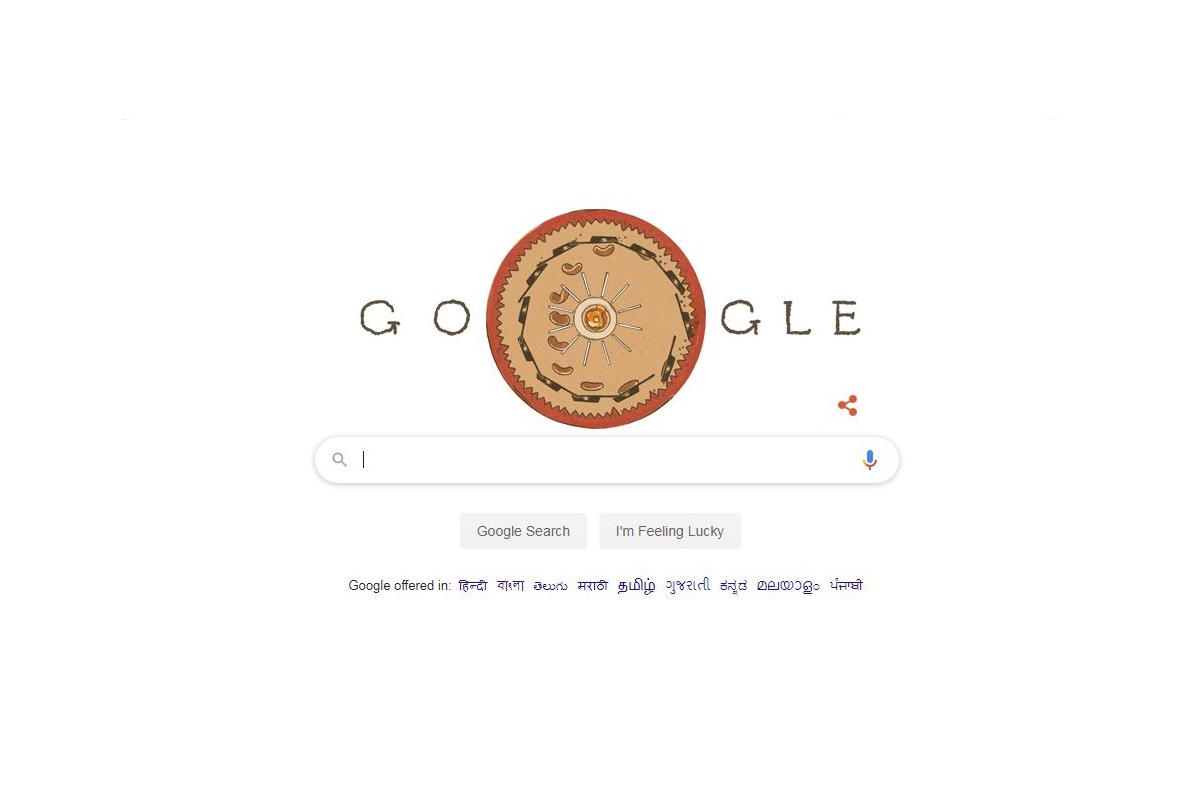How Google News fought misinformation in India in 2024
From major elections across the globe to conflicts and crises, the year 2024 was critical for the news industry, said Google News on Wednesday.
Plateau was one of the first person to demonstrate the illusion of a moving image.

Google Doodle celebrates Belgian physicist Joseph Plateau . (Photo: Google)
Google on Monday honoured Belgian physicist Joseph Antoine Ferdinand Plateau on his 218th birth anniversary with a special doodle.
The physicist is known for his invention of the first phenakistiscope—device that gives illusion of a moving image. His creation laid the foundation stone for an industry that will entertain us in myriad forms, ranging from cinema, TV and others.
Advertisement
Advertisement
The doodle, created by animator-filmmaker Olivia Huynh, reflects Plateau’s style with an animated disc. Plateau was one of the first person to demonstrate the illusion of a moving image.
Born in Brussels on October 14, 1801, Plateau is remembered for his contribution to the study of physiological optics, mainly in the effect of light and colour on the human retina. His doctoral dissertation explained how images are formed in the human eyes (retina), noting their precise duration, colour and intensity.
“Based on these conclusions, he was able to create a stroboscopic device in 1832, fitted with two discs that rotated in opposite directions. One disc was filled with small windows, evenly spaced in a circle, while the other had a series of pictures of a dancer. When both discs turned at exactly the right speed, the images seemed to merge, creating the illusion of a dancer in motion,” Google mentioned in its special blog.
Ironically, a few years later, Plateau lost his vision. But he continued his career in the field and started working as a professor of experimental physics at Ghent University.
(With input from agencies)
Advertisement